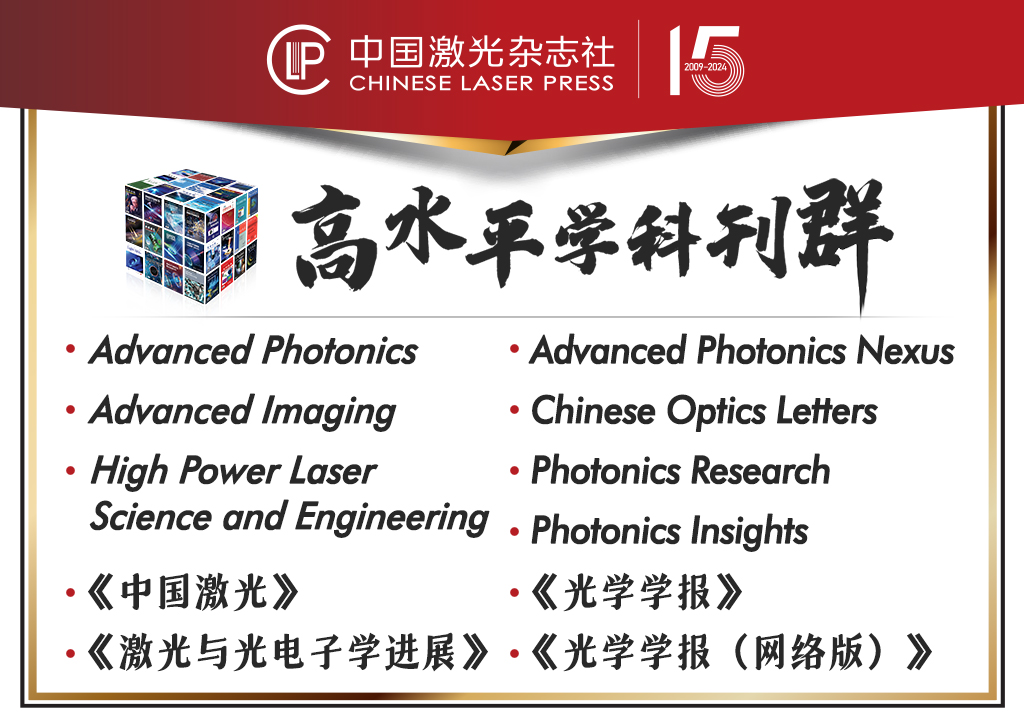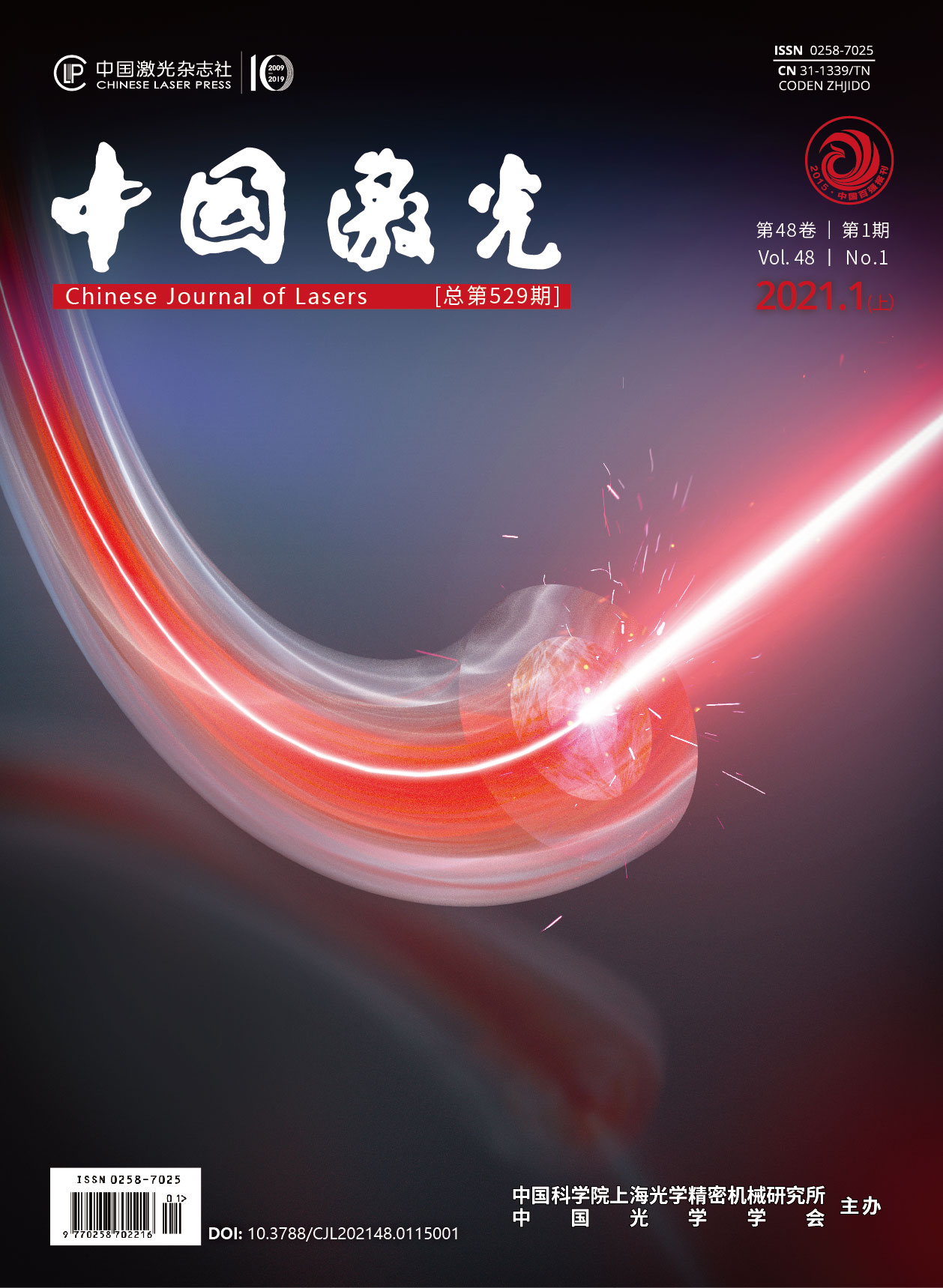基于反向学习策略的自适应花授粉接收信号强度指示室内可见光定位  下载: 983次
下载: 983次
Objective Existing indoor positioning technologies have disadvantages of low positioning accuracy and low positioning speed. The GPS positioning technology is more mature with high positioning accuracy, but it cannot be used in indoor positioning due to its inability to obstacles. Compared with traditional indoor positioning technologies, the visible light positioning technology has the advantages of being free from electromagnetic interference and high safety, and it is widely used. However, visible light positioning is affected by the arrangement of LED light sources, and the receiving signal strength indication (RSSI) positioning algorithm is widely used. In the implementation process, the least squares will be affected by the ranging error, resulting in a decrease in positioning accuracy. Therefore, we conduct research on indoor visible light positioning technology, aiming to propose a more reasonable light source arrangement and a more effective positioning algorithm, improve the positioning accuracy, and shorten the positioning time. Ultimately, the accurate and rapid positioning will be realized in large indoor spaces.
Methods The optical power distributions obtained by the four-light source arrangement method and the grid-type arrangement method are compared in the 100m×100 m×10m space of a large indoor place, and the light arrangement scheme suitable for large indoor place is established. The improved flower pollination algorithm is adopted, and the initial population distribution becomes more uniform with the addition of reverse learning strategy. The population diversity is improved, and the local optimal problem is solved. The adaptive moving factor is conducive to the global extensive search and the convergence rate is improved. Compared with the RSSI positioning algorithm (least square), the RSSI positioning algorithm based on FPA, and the RSSI positioning algorithm based on PSO, a nine-light source grid arrangement scheme combined with the improved RSSI intelligent pollination positioning algorithm can achieve higher precision and faster positioning in large indoor locations.
Results and Discussions By comparing the LED source arrangement scheme and various positioning algorithms for visible light positioning, the following results can be obtained: 1) LED source arrangement. The illumination for large indoor spaces has been ensured with grid-type arrangement of nine light sources, the quality of optical communication has been improved, and the flatness of the communication plane power has been ensured. 2) Positioning accuracy. Compared with the RSSI positioning algorithm based on FPA, the improved positioning algorithm in this paper reduces the positioning error by 2.0220 m and improves the positioning accuracy by 99.74%. Compared with the PSO-based RSSI positioning algorithm, the positioning error is reduced by 0.0481 m and the positioning accuracy is improved by 90.32%. The positioning accuracy has significantly improved by the improved algorithm, and an average error of about ±1cm and good stability are obtained.3) Convergence rate of algorithm. In this paper, the improved positioning algorithm rapidly converges to the minimum fitness value after 60 iterations. The RSSI positioning algorithm based on PSO and the RSSI positioning algorithm based on FPA reach the minimum fitness value after 80 and 200 iterations, and the improved positioning algorithm significantly converges faster.4) Positioning time. In the same error range, the positioning time of the improved positioning algorithm is 2--4s, and the positioning time of the PSO-based RSSI positioning algorithm is 4--5.5 s. The improved positioning algorithm greatly shortens positioning time, and it is suitable for rapid positioning in large indoor places. As a result, the proposed nine-light source grid-type arrangement combined with the improved RSSI intelligent flower pollination positioning method significantly improves the positioning accuracy, the positioning error is basically stable in millimeters, and the positioning speed is faster, which can meet the requirements of lighting and communication in large sites.
Conclusions In this paper, the visible light location technology is proposed to achieve high accuracy of large space indoor locations. The performance of grid configuration model of nine light sources in 100 m×100 m×10 m space is analyzed. An improved RSSI localization algorithm for FPA is proposed. In this paper, a visible light location scheme for the grid-type arrangement of light sources combined with the adaptive pollination signal strength based on reverse learning strategy is proposed, and it has the advantages of high positioning accuracy, fast positioning speed, good stability, and so on. The proposed scheme has a good practicability and broad application prospect.
张慧颖, 于海越, 陈玲玲. 基于反向学习策略的自适应花授粉接收信号强度指示室内可见光定位[J]. 中国激光, 2021, 48(1): 0106001. Huiying Zhang, Haiyue Yu, Lingling Chen. Indoor Visible Light Location Using Adaptive Pollination Receiving Signal Strength Indication Based on Reverse Learning Strategy[J]. Chinese Journal of Lasers, 2021, 48(1): 0106001.







